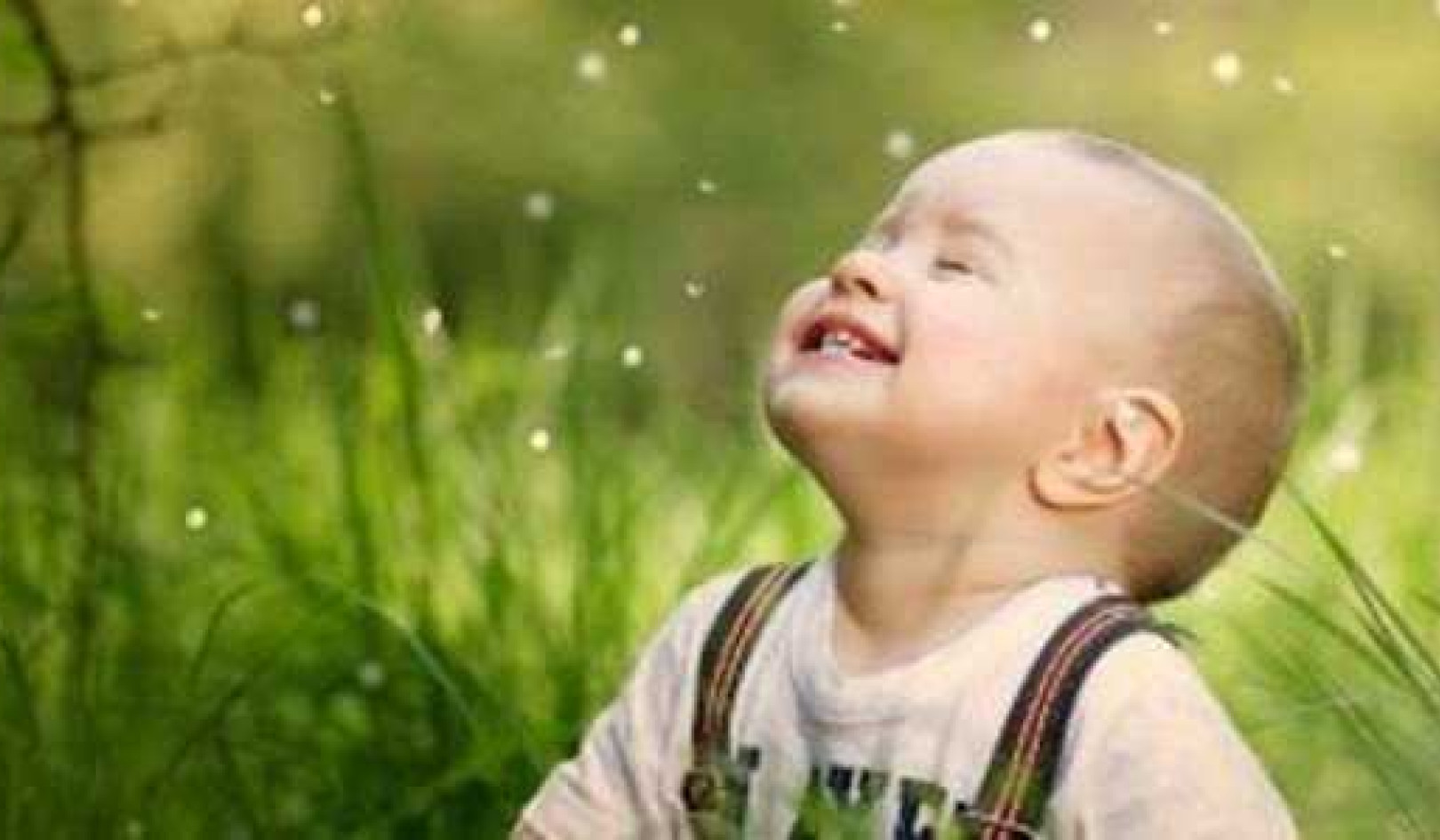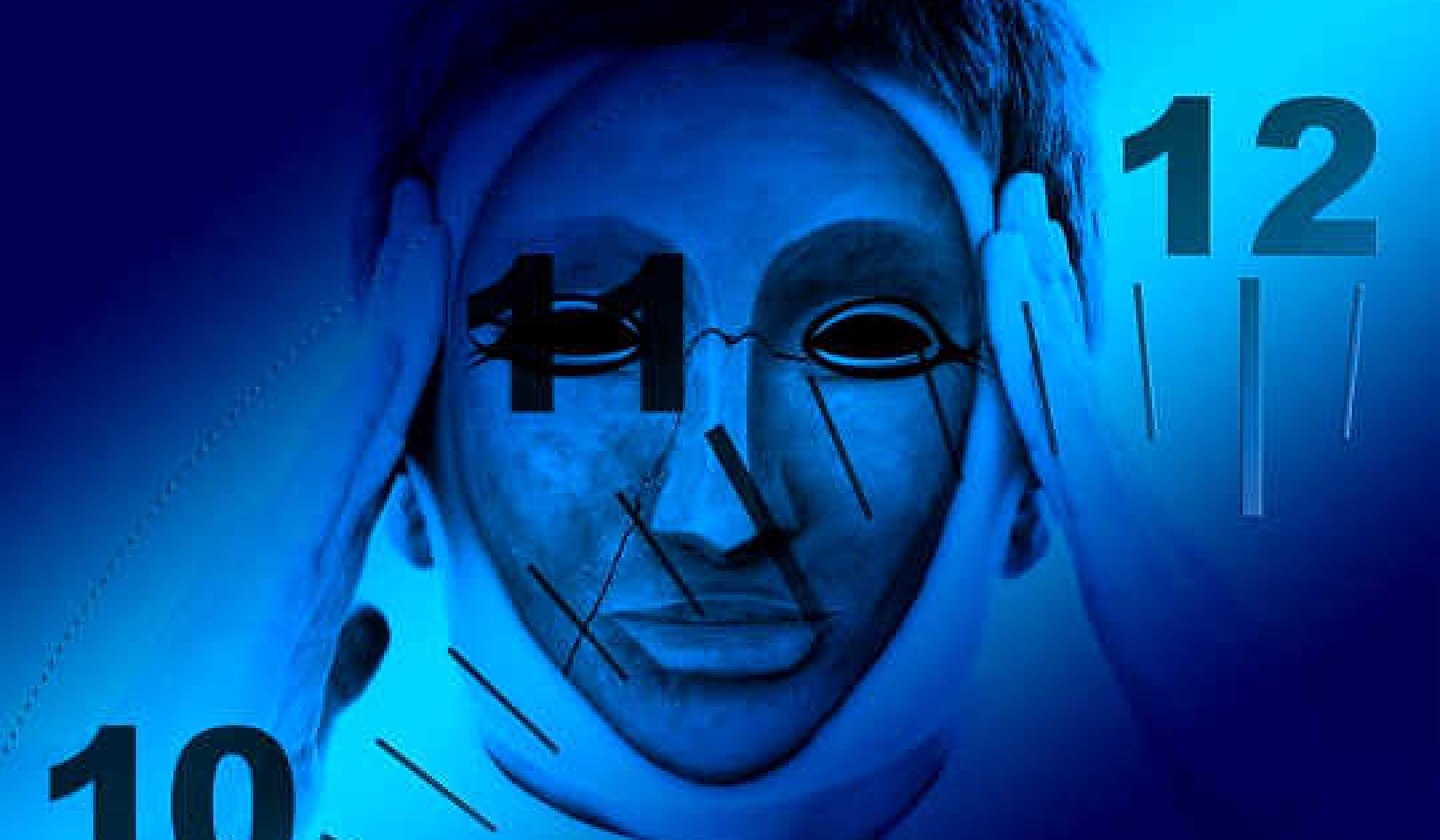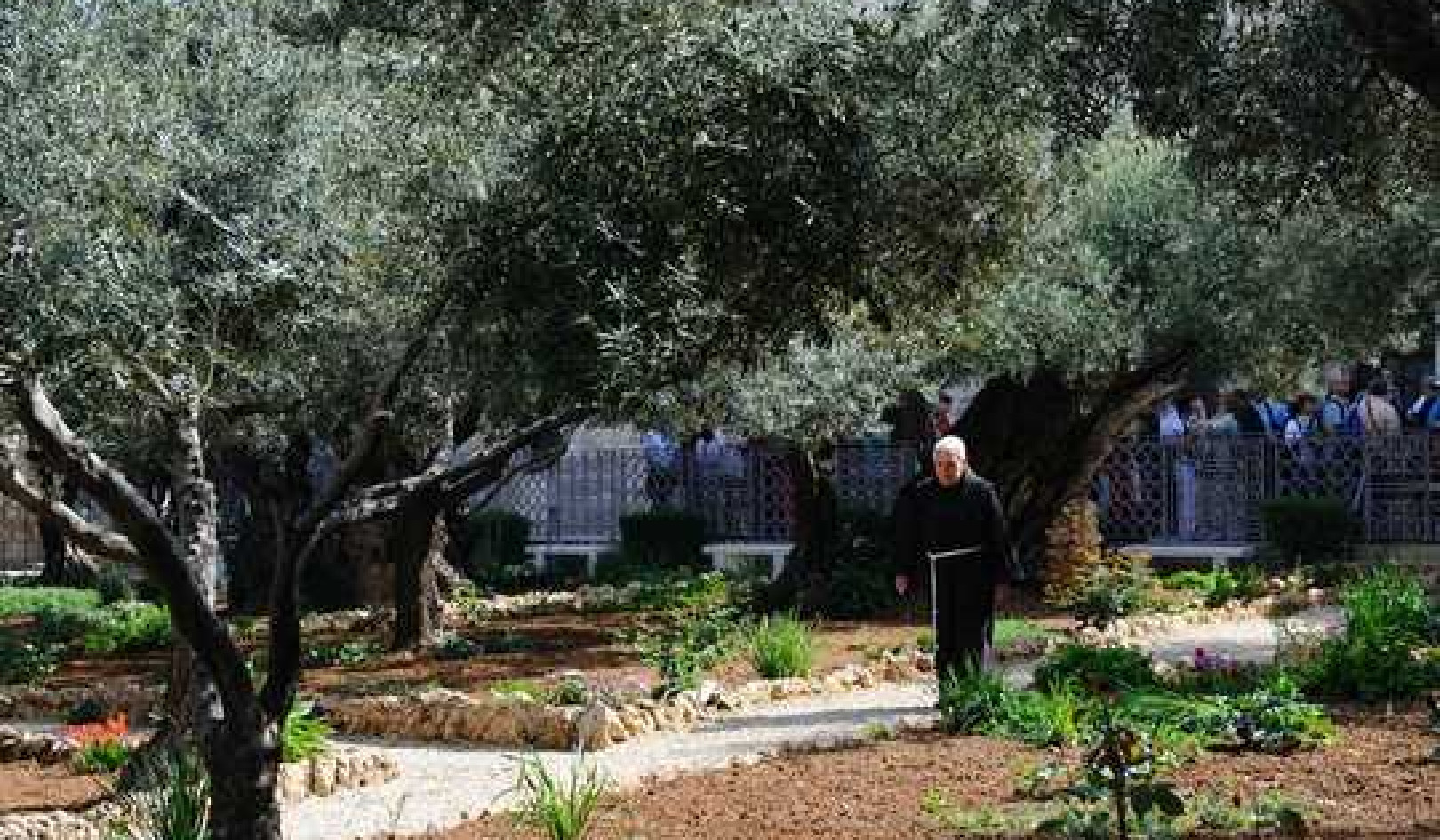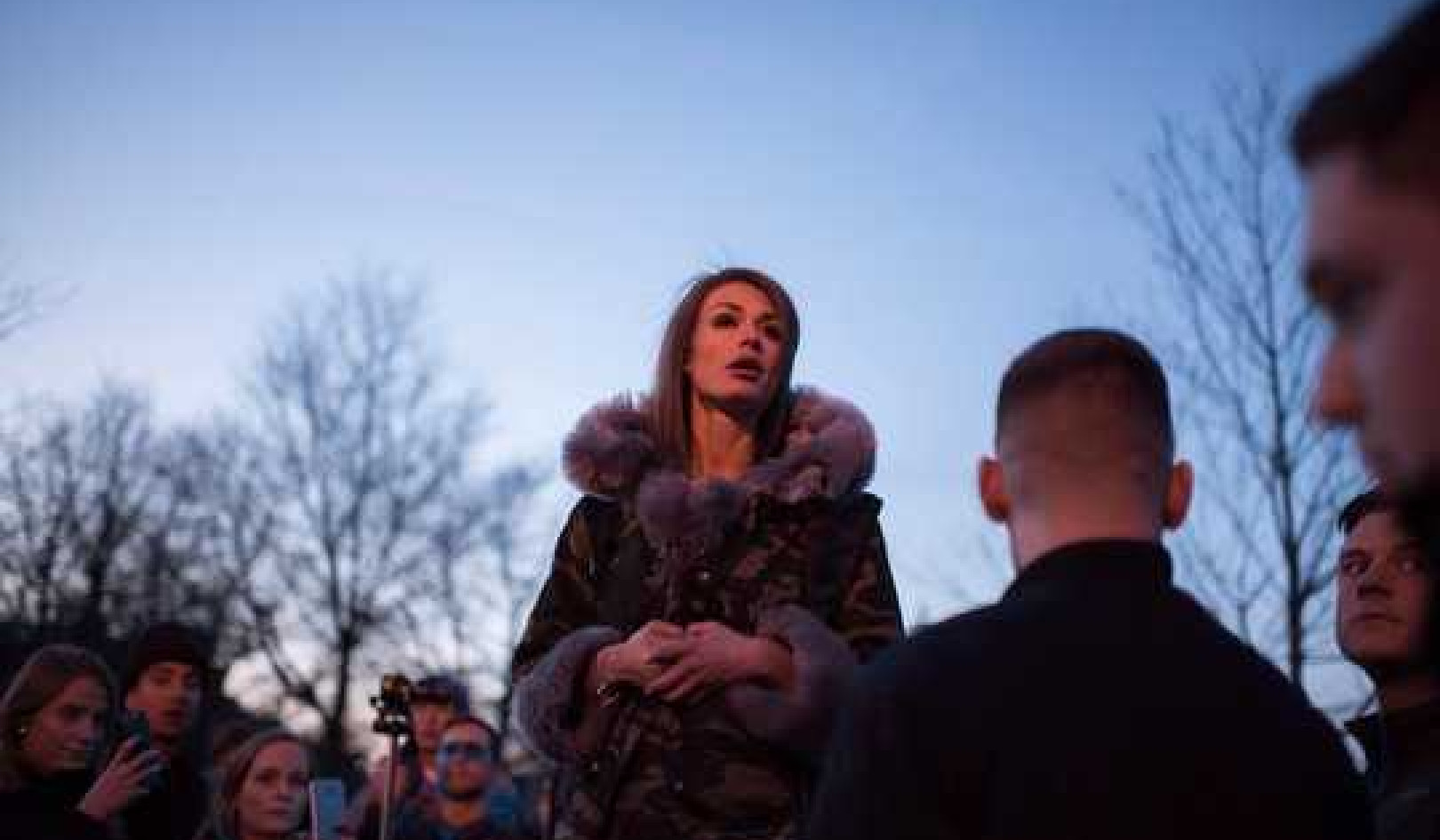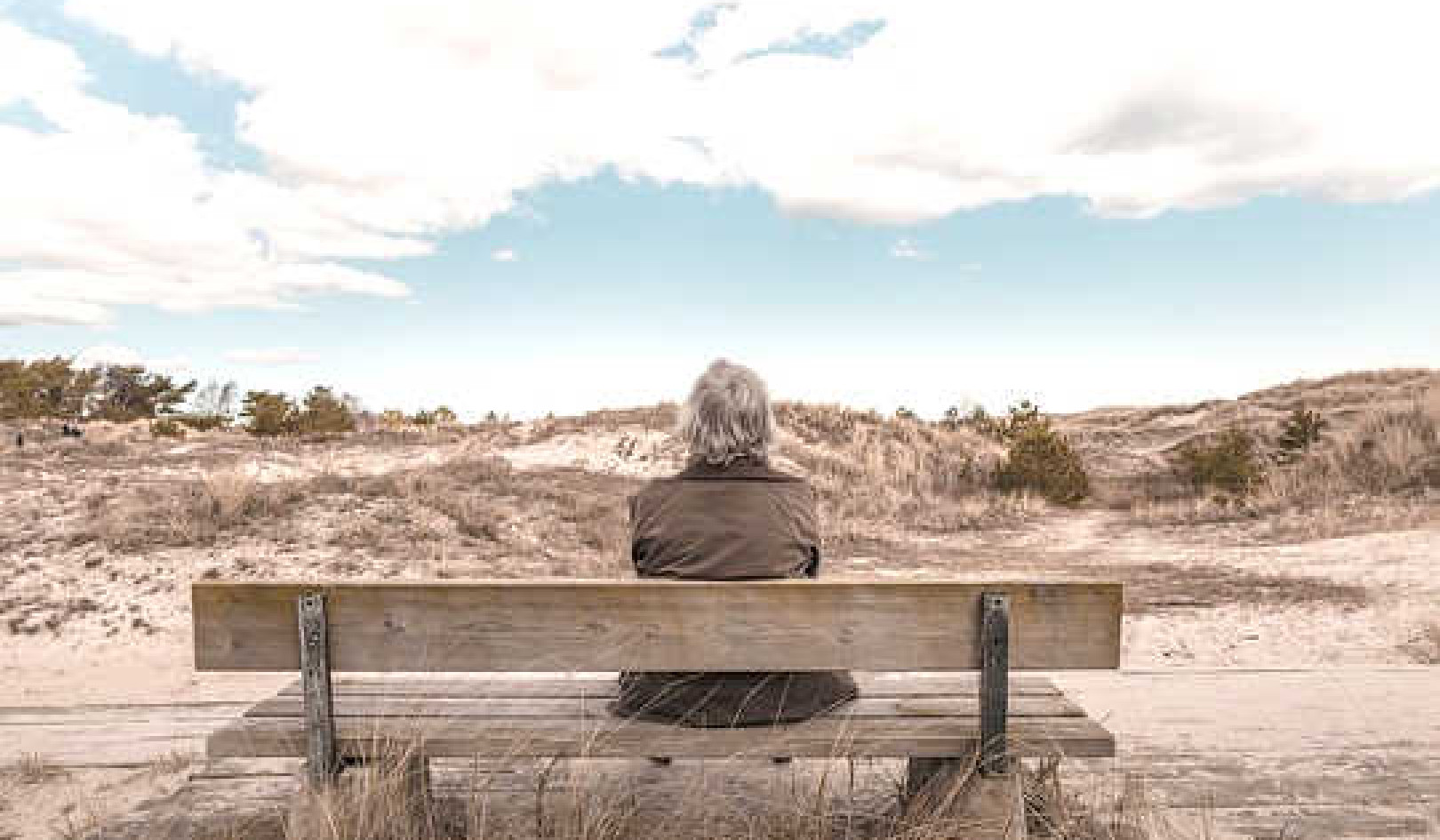
Dedicated to the precise and dynamic performance of often challenging asanas, the hatha yoga developed by B. K. S. Iyengar seemed particularly ill-suited for being made into a spiritual practice, let alone into the eightfold path of liberation explicated by Patanjali in the Yoga Sutras. What made it the ripest form of late 20th-century hatha yoga to undergo a spiritual transformation, however, is exactly its emphasis on the performance of asanas, not on the benefits of asana practice to our lives outside the classroom--even such worthwhile benefits as acquiring good health, maintaining flexibility, relieving stress, becoming a better person or facilitating steadiness and ease in seated meditation.
Iyengar was by no means the first yogi to analyze asanas, separating the poses into their constituent parts and closely examining the parts. But Iyengar comprehended the complexities of asanas to a greater degree than his predecessors and contemporaries. And it’s the great concentration demanded by his exquisite, intricate instructions to address these complexities that makes performing asanas in an Iyengar classroom a suitable object of the eight-step meditation, including the three interiorized components, collectively called samyama, which Iyengar translated as “total integration.”
Concentration
In The Tree of Yoga, Iyengar describes how a continuum of concentration on asana in samyama can be extended from dharana (single-pointed concentration) to dhyana (widened concentration) to samadhi (prolonged concentration).
Concentration on the first stage of asana--placing the body in the preliminary position and then assuming the basic configuration that defines the pose--embodies dharana.
Concentration on the second stage of asana--refining the pose through subtly adjusting the parts of the body that perfect the pose, then assessing and further adjusting the pose and lastly extending the pose--embodies dhyana. Concentration on the third stage of asana--dwelling within the pose--embodies samadhi.
Stretching from the West
Paschimottanasana is commonly translated as Seated Forward Bend but is literally--and poetically--translated as the Stretching from the West Pose, from Paschima (west), uttan (stretch) and asana (posture). (Because prayers are traditionally observed facing east, the entire back of the body--from head to heels--faces west.) . . .
According to Iyengar, after sitting on the floor with the legs stretched straight in front and putting the palms on the floor beside the hips, we begin Paschimottanasana proper by bending forward exclusively from the hips (the region around the joint that joins the pelvis with the upper part of the thighbone [femur]), not from the waist (the part of the trunk between the pelvis and ribs). . . .
 Photo Credits: Joseph Renger (Wikimedia, cc 2.0)
Photo Credits: Joseph Renger (Wikimedia, cc 2.0)
Bending forward from the hips is an unnatural and difficult movement. Despite moving with gravity, the upper body, tipped far off its axis, must work mightily (with the assistance of the abdominal muscles) to internally support its straightness as it slowly progresses downward. This movement can be performed only with a great deal of strain. . . .
After bending as far as we can from the hips, we lower our back from the waist--in effect, rounding the back: “[B]end and widen the elbows, using them as levers, pull the trunk forward and touch the forehead to the knees. Gradually rest the elbows on the floor, stretch the neck and trunk, touch the knees with the nose and then with the lips.”
Respecting their limitations as well as recognizing their potential, Iyengar didn’t push students to the point of injury. He cautioned them that minutely moving toward perfection (in this case, folding the torso toward the legs) is more important than overreaching to achieve perfection.
As practiced by Iyengar, Paschimottanasana is first refined by making adjustments to the feet, legs, trunk, arms, hands, neck, and head. . . .
The pose is further refined by what Iyengar, in The Tree of Yoga, calls “reflection”--determining whether all parts of the body are in their correct position, and, if they’re not, making any necessary adjustments.
“You reason: ‘Am I doing this right? Am I doing it wrong?” Iyengar explains. “Why have I got this sensation on this side? Why am I getting that sensation there?” Any pain or discomfort we feel in parts of the body, he’s saying, may be an indication that we’re doing an asana incorrectly. . . . “Are you aware of all these things?” he asks. “Perhaps you are not, because you don’t meditate in the poses. You do the pose, but you don’t reflect in it.”
Lastly, the pose is refined through extension. When [touching the knees with the nose and lips] becomes easy, make a further effort to grip the soles and rest the chin on the knees. When this also becomes easy, clasp the hands by interlocking the fingers and rest the chin on the shins beyond the knees. When [this position] becomes easy, grip the right palm with the left hand or the left palm with the right hand beyond the outstretched feet and keep the back concave. . . . [R]est the chin on the shins beyond the knees. If [this position] also becomes easy, hold the right wrist with the left hand or the left wrist with the right hand and rest the chin on the shins beyond the knees.
An essential aspect of Iyengar yoga, extensions are performed until the final pose is achieved.
Paschimottanasana is completed when our head is resting on our shins without further effort. We are still. With our body in a state of equilibrium between tension and relaxation, work and play, pain and pleasure, past and future, our mind is emptied. There’s no more thinking. “[T] o remain positively and thoughtfully thoughtless [in this way],” Iyengar explains in a daft but illuminating formulation, “is samadhi.”
In the absence of thought, the illusion of ego-identity is dissolved. The meditator (the “I”) and the object (the body in asana) are one. We are the pose.
©2016 by Elliott Goldberg. All Rights Reserved.
Reprinted with permission of the publisher,
Inner Traditions Inc. www.innertraditions.com
Article Source
 The Path of Modern Yoga: The History of an Embodied Spiritual Practice
The Path of Modern Yoga: The History of an Embodied Spiritual Practice
by Elliott Goldberg.
Click here for more info and/or to order this book.
About the Author
 Elliott Goldberg is one of the few scholars in the emerging field of modern yoga studies. He has presented papers at the Modern Yoga Workshop at Cambridge University and at the American Academy of Religion (AAR). He lives in New York City.
Elliott Goldberg is one of the few scholars in the emerging field of modern yoga studies. He has presented papers at the Modern Yoga Workshop at Cambridge University and at the American Academy of Religion (AAR). He lives in New York City.





















